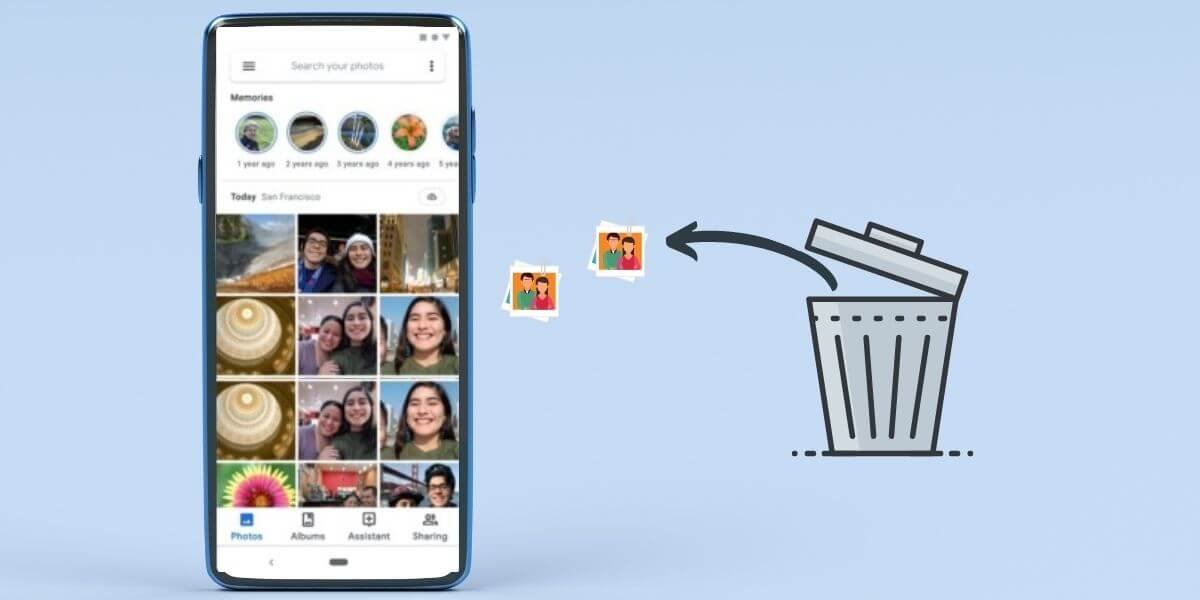In an age where our lives are increasingly documented through digital images—family vacations, weddings, birthdays, or even day-to-day moments—the thought of losing our photos is distressing. Whether it’s due to accidental deletion, corrupted storage, or a malfunctioning device, losing these memories can feel like losing part of our personal history.
That’s where photo recovery apps come in.
What Is a Photo Recovery App?
A photo recovery app is a software tool designed to help you retrieve lost, deleted, or inaccessible images from your device’s internal memory, SD cards, or cloud storage. These apps are especially useful for smartphones, where a vast majority of personal photos are stored.
Photo recovery apps use advanced scanning algorithms to locate recoverable files, even from damaged or formatted storage areas. They act as a digital safety net for your cherished moments.
Why You Might Need One
You might think, “I back up everything to the cloud, so I’m safe.” While cloud services like Google Photos, iCloud, or Dropbox offer a layer of protection, they are not infallible. Sync errors, storage limits, or accidental deletions can still lead to photo loss. Moreover, not everyone uses these services consistently.
Common reasons people lose their photos include:
- Accidental deletion: A single tap can send dozens of images to the trash.
- Formatted memory cards: Cameras and phones often require formatting when memory is full or corrupted.
- Virus attacks: Malware can wipe or encrypt your files.
- Physical damage: Dropping your phone or water exposure can make files temporarily inaccessible.
- Software crashes: System updates or app malfunctions sometimes lead to data corruption.
In all these cases, a reliable photo recovery app can be a lifesaver.
Key Features to Look for in a Photo Recovery App
When choosing a photo recovery app, look for the following essential features:
- User-Friendly Interface: The app should be intuitive, even for non-technical users.
- Multiple File Formats: Ensure it supports a wide range of photo formats (JPG, PNG, RAW, etc.).
- Preview Function: This lets you see which photos can be recovered before restoring them.
- Deep Scan Option: For more thorough searches beyond quick scans.
- Cloud & External Storage Support: Some apps can also recover from Google Drive, Dropbox, or SD cards.
- Security: Make sure the app doesn’t store or misuse your personal data.
Popular Photo Recovery Apps
While many apps promise results, only a few consistently receive high ratings and user trust. Here are some of the top-rated ones:
- DiskDigger Photo Recovery (Android): A straightforward and effective app that works on rooted and non-rooted devices.
- Dr.Fone – Data Recovery (iOS & Android): Offers deep scan capabilities and can recover photos, videos, and other media files.
- Recuva (Windows): Great for recovering images from SD cards, USB drives, and even computer hard drives.
- PhotoRec (Windows/Linux/macOS): An open-source tool known for its effectiveness, though it requires some technical skill.
How to Use a Photo Recovery App (Basic Steps)
- Download and Install: Choose a reputable app from the official app store or developer website.
- Launch the App: Open it and select the type of scan (quick or deep).
- Choose Storage Location: Select where the lost photos were stored (internal memory, SD card, etc.).
- Scan for Files: Let the app search for deleted or lost photos.
- Preview and Recover: Select the images you want to restore and save them to a safe location.
Note: For best results, act quickly. The longer you use your device after deletion, the higher the chance your data will be overwritten and unrecoverable.
Final Thoughts
Losing important photos can be a heart-wrenching experience, but it doesn’t have to be permanent. With the right photo recovery app, you can often bring back those treasured memories with just a few taps. Whether you’re a casual photo-taker or a professional photographer, having a reliable recovery tool in your digital toolkit is essential.
Before you delete anything in haste or assume your photos are gone forever, try a recovery app—you might just get your memories back.

